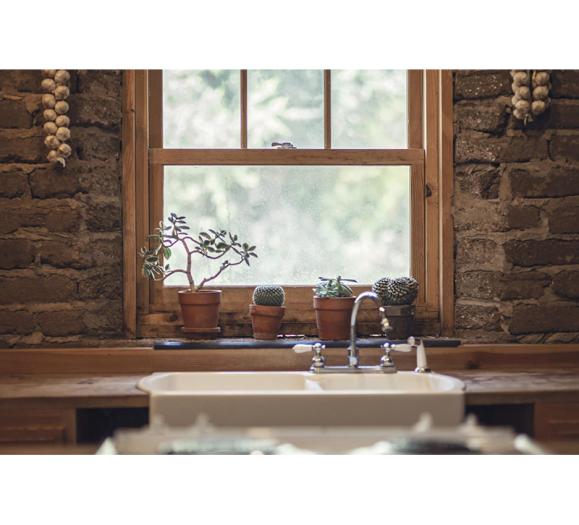When it comes to winning over Millennials in your showroom, the traditional “hard sell” method is not likely to bring you success. This cohort is strong-minded, does their own product research, values the opinions of their peers over anyone else and can sniff out inauthentic approaches in seconds. They’re also wary of traditional forms of marketing: 84 percent don’t trust traditional advertising, according to a McCarthy Group study.
Though they carry this mindset with them when they step into a brick-and-mortar space, they do still seek the expert advice of a sales associate — provided the associate can offer information more than a traditional sales pitch. To win them over, you’ll need to gain their trust, tailor your expertise to their unique needs and ultimately focus less on closing the sale itself. Read on for insight from retailers and experts on how to tackle your Millennial sales strategy.
Let them lead
When a younger customer walks through your doors, it’s important not to pounce on them. At Home and Homme, a vintage-focused home goods store in Amherst, MA, co-owner Dean Brown simply says hello, lets the customer know he’s available to answer questions and leaves the interaction at that if they don’t follow up.
“It’s definitely trying to respond to what their needs are rather than tell them about things that they haven’t asked about,” he said. “I never even think about closing the sale — in fact, it’s so not about that because I think that would turn them off, especially young people.”
Mollie Loechler, interior designer and assistant at At Home and Company in Edina, MN, uses a similar strategy. When a customer comes in, she greets them, asks what’s bringing them in and if they need help before letting them browse in peace.
If a younger customer seems uninterested in your help, don’t force it — you may just scare them away.
Person over product
Retail expert and author Matt Hudson says Millennials are still frequenting showrooms because they value an expert opinion and human interaction. Since they have often already read up on product specs at home, the salesperson’s role is to offer tailored recommendations rather than canned pitches.
An effective sales strategy, Hudson says, involves taking a step back to ask the customer about their specific needs before focusing on any products. Ask about their home, the style they’re going for, how exactly they plan to use the space in question, plus about the qualities of the space, like ceiling height or how much natural light is available.
“My questions have to focus on the individual and what they’re planning to do and what their ultimate goals are,” Hudson says. “My job is to listen to what your wants, interests, concerns and desires are and interpret them to match you up to the solution that’s going to deliver on those things.”
Loechler says the At Home and Company team is equipped with knowledge on interior design trends so they can educate customers and offer insight into what products will bring to their projects. She makes a point to learn about the customer’s exact needs and helps them envision products in their home by sketching.
Hudson cautions to not let your personal enthusiasm for a product become overbearing. You may love a product that your customer has no interest in, so only offer insight that is relative to them because that’s what it’s about, after all.
Millennials may sound a bit fickle: They don’t want your attention at all, until they do — and when they do, they want it fully. But if you gauge their interest, ask the right questions and personalize the sales experience, you’ll find success with this cohort in your showroom.







